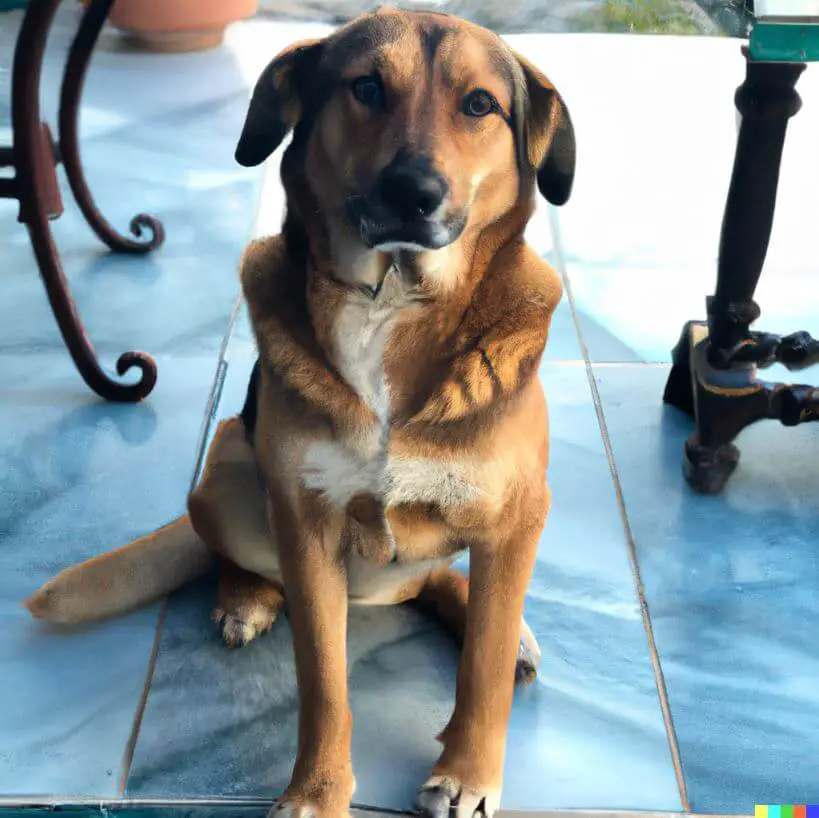While it might not be a topic of casual conversation, understanding your dog’s anal glands is crucial for their health and well-being. Anal gland issues are common in dogs and can lead to discomfort if not addressed promptly. In this comprehensive guide, we’ll cover everything you need to know about anal glands in dogs, including their function, common problems, and how to care for them.

What Are Anal Glands?
Anal glands, also known as anal sacs, are small pouches located on either side of a dog’s anus. These glands play a role in communication and marking territory. When a dog defecates, a small amount of fluid from the anal glands is released, leaving a scent that is unique to each dog.
Common Anal Gland Issues:
#1 – Impaction:
- Anal gland impaction occurs when the fluid inside the glands thickens, making it difficult to be naturally expressed during bowel movements.
- Symptoms: Scooting, licking, or a foul odor around the anus.
- Solution: A veterinarian can manually express the glands or recommend dietary changes to promote natural expression.
#2 – Infection:
- Bacterial infections can occur if the anal glands become blocked or if there’s a problem with the fluid composition.
- Symptoms: Redness, swelling, discomfort, and sometimes discharge.
- Solution: Antibiotics and, in severe cases, drainage may be necessary. Preventive measures include regular gland expression.
#3 – Abscess Formation:
- If an infection is left untreated, it can lead to the formation of an abscess, a painful collection of pus.
- Symptoms: Swelling, pain, and possibly a visible lump near the anus.
- Solution: Drainage and antibiotics prescribed by a vet.

Caring for Your Dog’s Anal Glands:
- Regular Vet Check-ups: Schedule routine vet visits to have your dog’s anal glands checked and expressed if needed.
- Balanced Diet: Ensure your dog’s diet includes enough fiber to promote healthy bowel movements.
- Observation: Pay attention to your dog’s behavior, especially signs of scooting or excessive licking, which may indicate anal gland issues.
- Hygiene Practices: During grooming, check the anal area for redness, swelling, or signs of discomfort.
When to See a Vet:
- If your dog displays signs of anal gland problems such as scooting, licking, or discomfort.
- If there’s visible swelling, redness, or discharge around the anal area.
- If your dog’s anal glands are not regularly expressing naturally during bowel movements.

Understanding and addressing anal gland issues is an essential part of caring for your dog. Regular veterinary check-ups, a balanced diet, and attentive grooming practices can help prevent complications and ensure your canine companion stays comfortable and healthy. By staying informed and proactive, you can contribute to your dog’s overall well-being and prevent potential anal gland problems.
